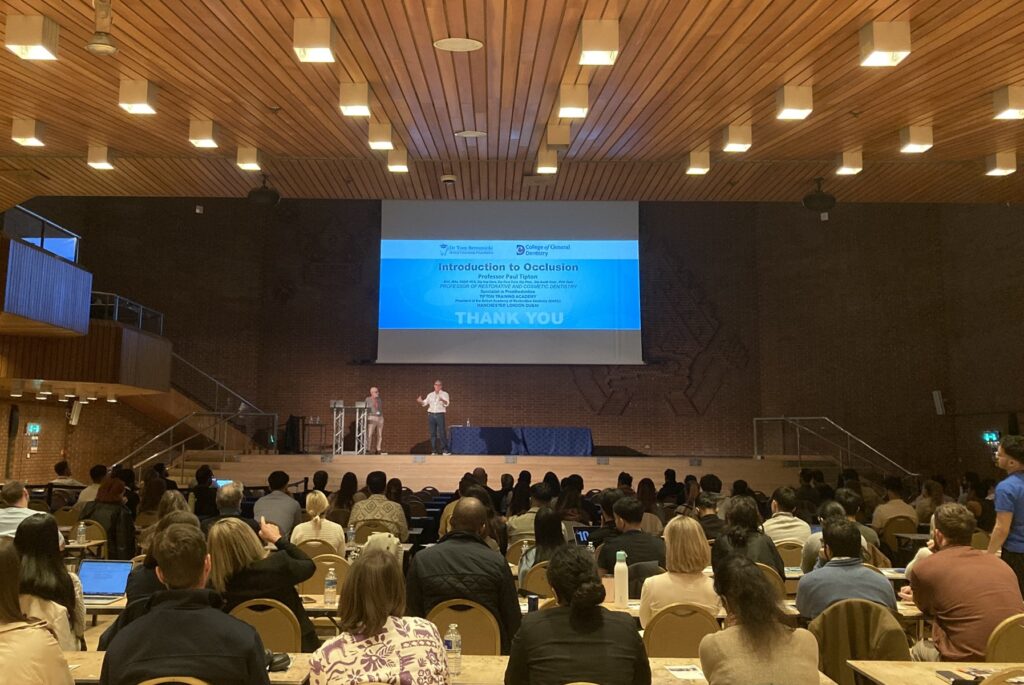Dr Tom Bereznicki FCGDent, founder of the Tom Bereznicki Dental Educational Foundation, explains the importance of occlusion and why he is committed to educating younger colleagues on the topic.

The modern undergraduate curriculum allows very little time for occlusion to be covered as a topic. Through my experience of teaching younger dentists, I have noticed in recent years that when I ask what the clinical occlusal examination findings are, the reply often comes back with an orthodontic classification. Few early career dentists are aware of the importance of studying not just the static occlusion, but the dynamic one too.
In over 40 years of practice, I have seen many cases of occlusally-related failure, highlighting the vital importance of paying due consideration to the occlusal scheme in treatment planning. I am passionate about educating early career dentists and through my charitable foundation, I have organised a symposium on the topic of occlusion, in collaboration with the College, which aims to enhance delegates’ knowledge of the basic principles of occlusion and how they can support the success and longevity of restorative treatment.
With the odd exceptions such as anterior open bites and skeletal Class 3’s, patients’ occlusal schemes should adhere to the basic principles of occlusion, not just when providing complex multiple indirect restorations and treatment of wear cases, but also simpler single indirect restorations, and most importantly, the long-term maintenance of intact healthy dentitions.
The cases illustrated below draw attention to some common examples of occlusally-related failure.

To avoid occlusal derangement, the extracted tooth should have been replaced as soon after extraction as possible

Failure to investigate the crack when it first appeared – now the tooth needs to be extracted
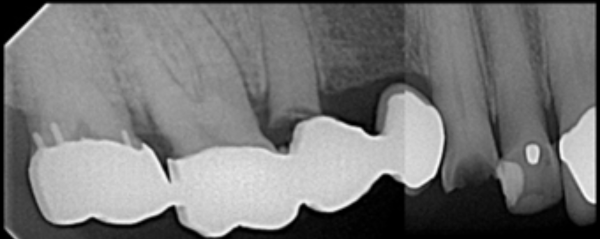
Correct dynamic mandibular excursions when fitting fixed restorations to help prevent failure especially with cantilever designs
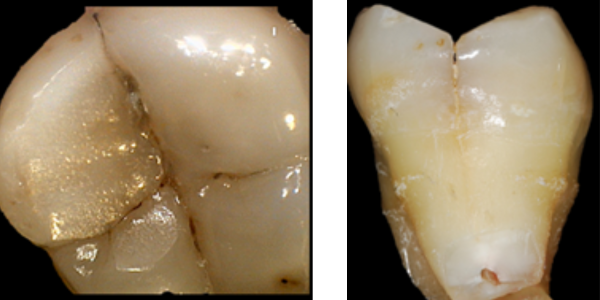
Missing the tell-tale signs of unwanted wear, seen here as wear facets, can lead to root fracture

Spotting early signs of unwanted occlusal wear helps prevent extensive treatment at a later date
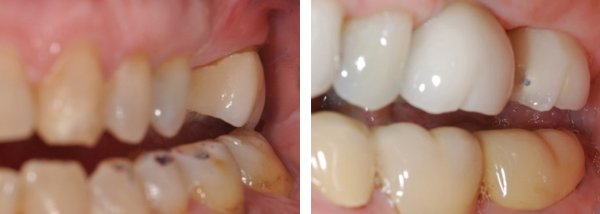
Failure to check excursive mandibular excursions, especially when fitting restorations, can result in loss of canine guidance and restorative failure

In bruxers, veneer failure can also frequently be seen as fracture of the porcelain in the gingival third of the restoration
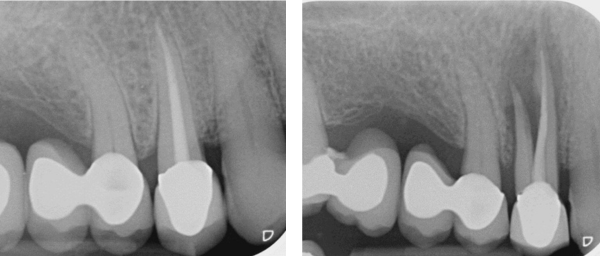
Over instrumentation during root canal therapy weakens the root making it susceptible to fracture particularly when acting as a cantilever abutment
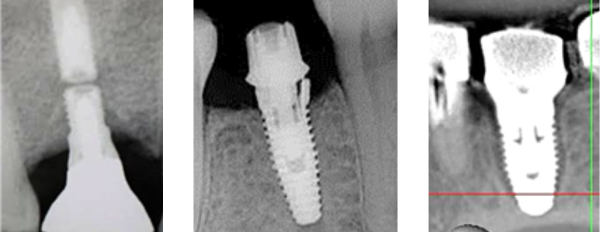
Although titanium is extremely hard, it is not unbreakable. If occlusal forces are not refined, fracture or associated non-perimplantitis bone loss can lead to failure
As I did at the first Introduction to Occlusion Symposium in London, I will be addressing occlusally-related failure cases like these in the opening session at the Introduction to Occlusion Symposium in Edinburgh. I will be joined by a fantastic line-up of experts: Professor Paul Tipton, Dr Ken Harris, Dr Tif Qureshi, Dr Shiraz Khan and Dr Koray Feran. Through a series of lectures, they will examine the five basic principles of occlusion in detail and how they can support the placement of successful, long-term restorations.
Information will also be available on a range of postgraduate courses which cover aspects of occlusion in greater depth, for those who wish to extend their knowledge further.

